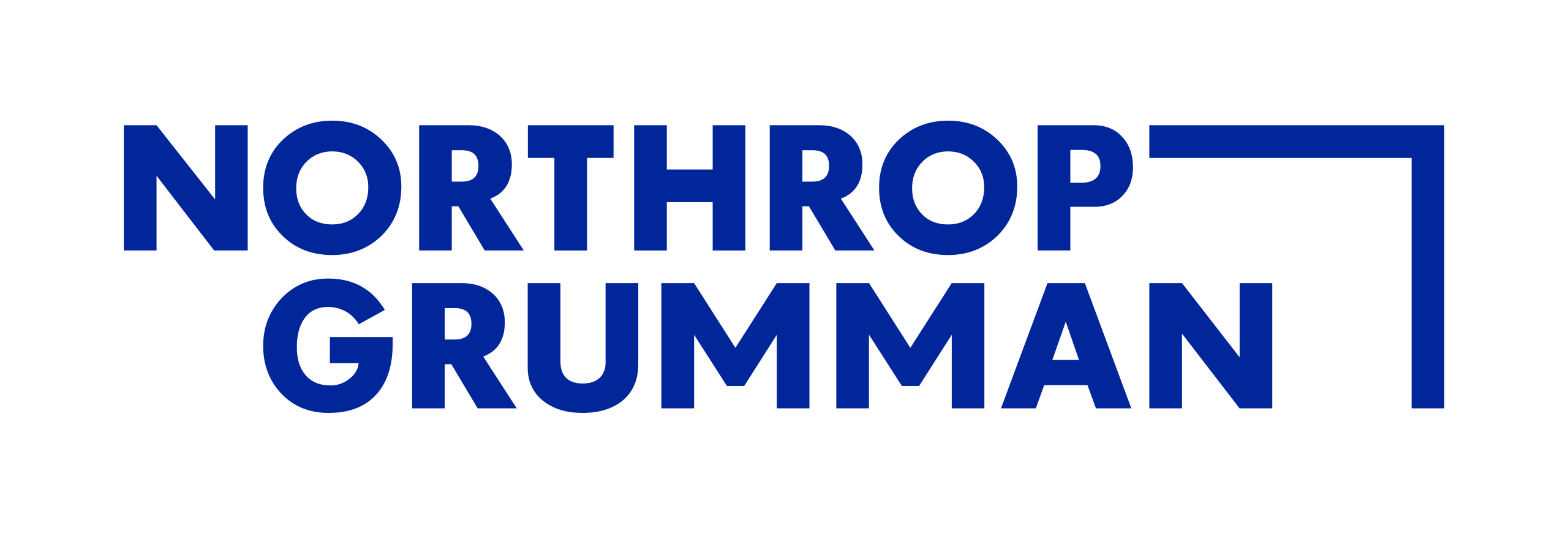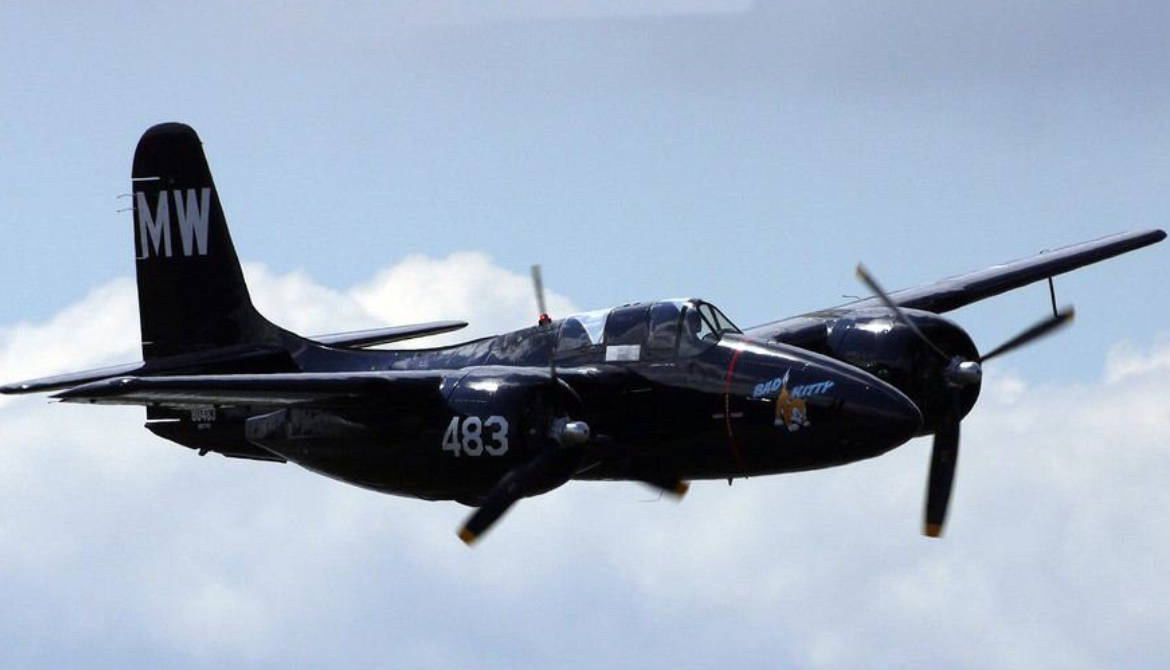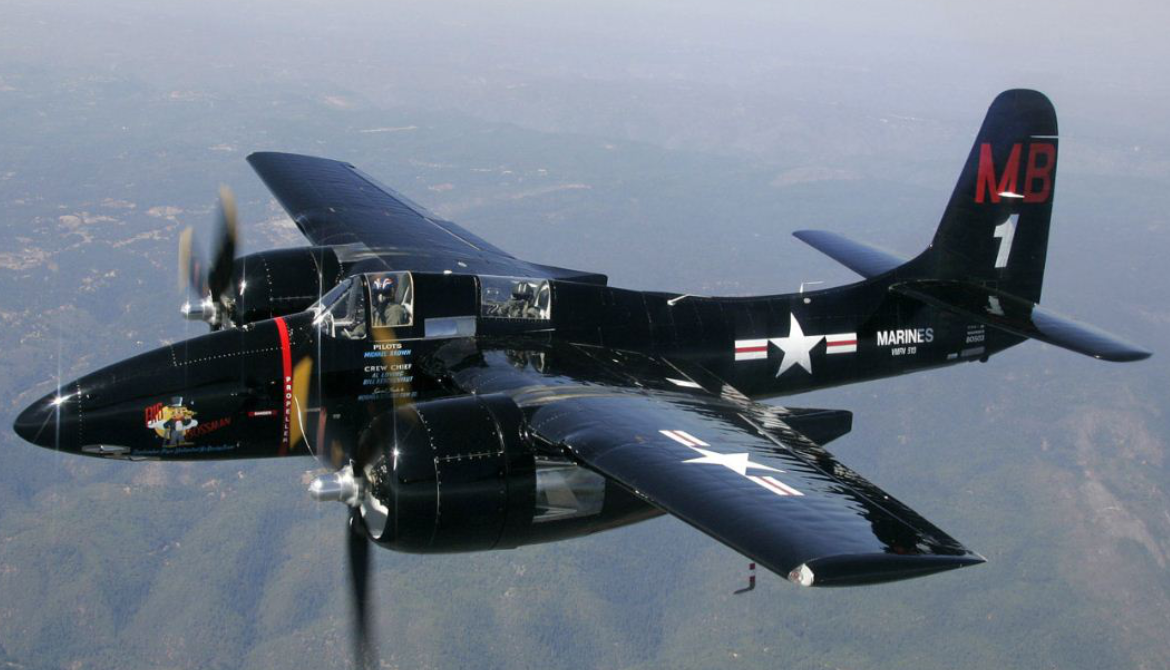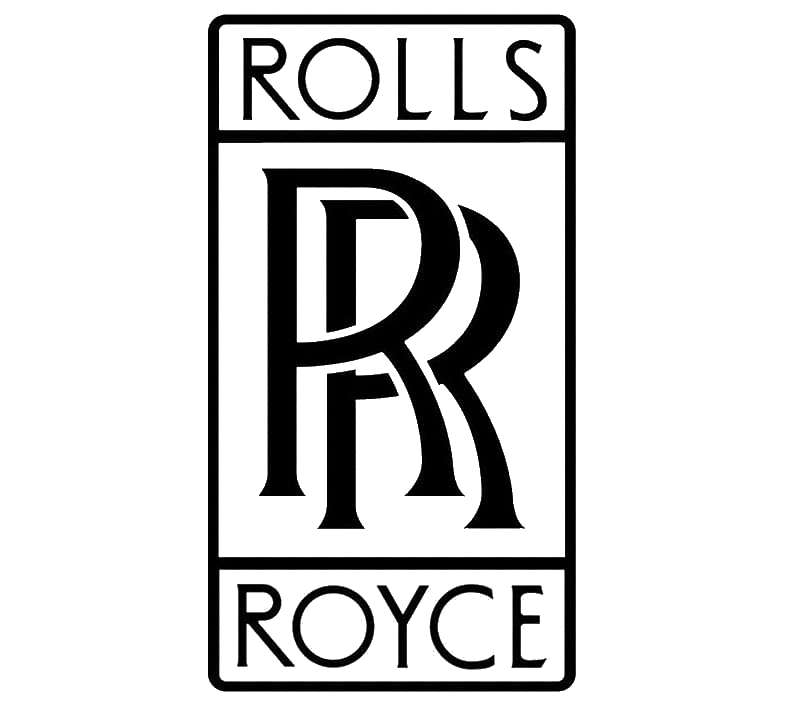Grumman Aerospace Grumman F7F-4N Tigercat
 |
|
| General information | |
|---|---|
| Type | Heavy fighter |
| National origin | United States |
|---|---|
| Manufacturer | Grumman |
| Primary users | United States NavyUnited States Marine Corps |
| Number built | 364 |
| History | |
| Manufactured | 1943–1946 |
| Introduction date | 1944 |
| First flight | 2 November 1943 |
| Retired | 1954 |
| Developed into | Grumman XTSF |
.
History Grumm![]() an Aerospace
an Aerospace
Grumman F7F-4N Tigercat
Manufactured 1943–1946
Introduction date 1944
First flight 2 November 1943
Design and development
Based on the earlier Grumman XP-50 that was eventually canceled, the company developed the XP-65 (Model 51) further for a future "convoy fighter" concept. In 1943, work on the XP-65 was terminated in favor of the design that would eventually become the F7F The contract for the prototype XF7F-1 was signed on 30 June 1941. Grumman's aim was to produce a fighter that outperformed and outgunned all existing fighter aircraft, and that had an auxiliary ground attack capability.

0
KmTake off Distance
0
mRange
0
MachAircraft Speed
0
Max Crew
Photo Gallery
Grumman F7F-4N Tigercat
Manufactured 1943–1946
Introduction date 1944
First flight 2 November 1943


Grumman Aerospace Corporation
Grumman F7F-4N Tigercat
General characteristics
- Crew: 2
- Length: 45 ft 4 in (13.82 m)
- Wingspan: 51 ft 6 in (15.70 m)
- Height: 16 ft 7 in (5.05 m)
- Wing area: 455 sq ft (42.3 m2)
- Airfoil: root: NACA 23015; tip: NACA 23012
-
Powerplant
- Empty weight: (7,380 kg)
- Max takeoff weight: (11,666 kg)
- Powerplant: 2 × Pratt & Whitney R-2800-34W Double Wasp 18-cylinder air-cooled radial piston engines, 2,100 hp (1,600 kW) each
- Propellers: 3-bladed constant-speed fully-feathering propellers
Specifications
- Maximum speed: Mach 2.34 (1,544 mph, 2,485 km/h) at altitude
- Range: 1,600 nmi 3,000 km)
- Combat range: (580 mi, 930 km)
- Service ceiling: (16,000 m) plus
- g limits: +7.5 g (+6.5 g limit)
- Rate of climb: 45,000 ft/min (230 m/s) plus
Armament
-
- Guns:
- 4 × 20 mm (0.79 in) AN/M3 cannon (200 rpg, wing roots)
- 4 × 0.50 in (12.7 mm) M2 Browning machine gun (400 rpg, in nose) (normal fighter versions only; replaced by radar unit in the -3N nightfighter)
- Bombs:
-
- Guns:
-
Links to Youtube & Others
Beginning in 1949, F7Fs were flown to the then-U.S. Navy storage facility at Naval Air Station Litchfield Park, Arizona. Although the vast majority of the airframes were eventually scrapped, a number of examples were purchased as surplus. The surviving Tigercats were primarily used as water bombers to fight wildfires in the 1960s and 1970s and Sis-Q Flying Services of Santa Rosa, California, operated an F7F-3N tanker in this role until retirement in the late 1980s.
Grumman F7F-4N Tigercat
The F-14 Tomcat was designed as both an air superiority fighter naval interceptor.
Youtube Link
At the time of filming, the only recognizable star in the movie was Tom Cruise, who was known as a teen idol from 1983’s “Risky Business.”.
















